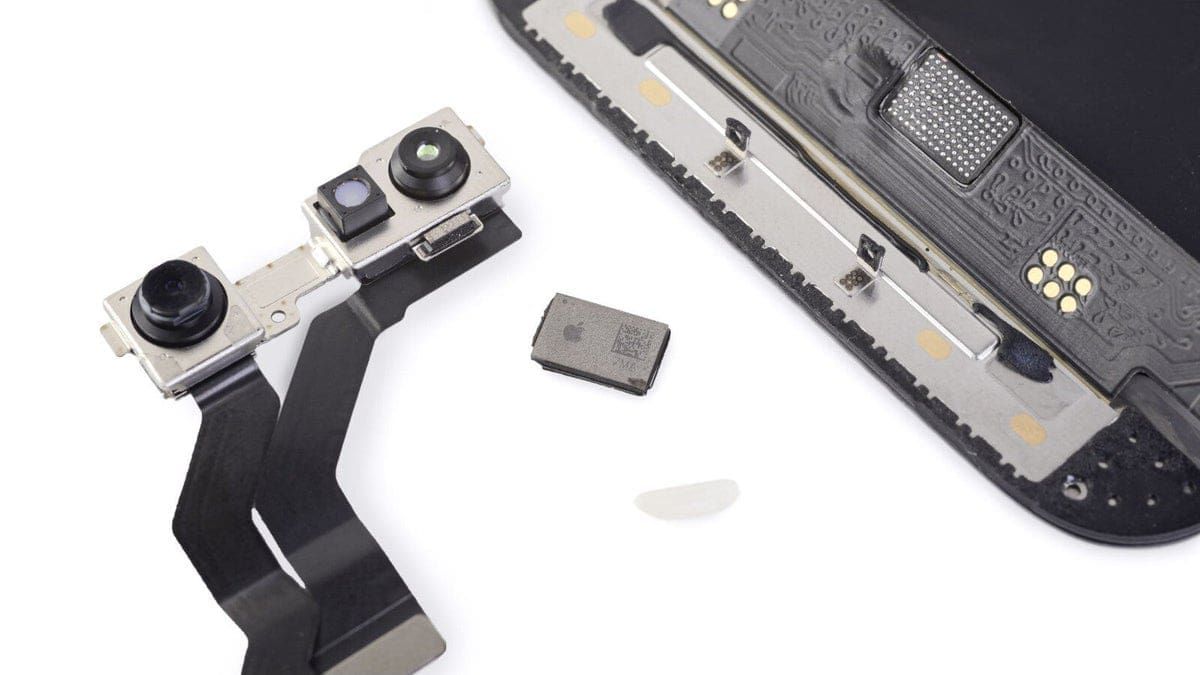The iPhone 15 Pro Max and 14 Pro Max are being compared in terms of benchmark performance. The latest benchmark performance score reveals that the iPhone 15 Pro Max, equipped with the new A17 Pro chipset, outperforms its predecessor with the A16 chipset.
The Apple A17 Pro is the first 3nm chipset developed by TSMC using the N3 node and lithography methods. TSMC claims that this chipset offers significant improvements in logic density, speed, and power reduction when compared to the previous 5nm chipsets found in last year’s Android flagships.
When comparing the benchmark scores, we can see that the iPhone 15 Pro Max performs better than the 14 Pro Max in single-core performance, as expected from the advancements delivered by the 3nm chipset. The difference can be attributed to the higher clock speed of the 3nm chipset, reaching 3.77 GHz compared to the 4nm chipset’s 3.46 GHz peak speeds.
One notable difference between the two chipsets is their graphics subsystems. The Apple A17 Pro boasts an improved GPU, which Apple claims to be its best GPU to date. Additionally, the iPhone 15 Pro models have been gifted an Assassin’s Creed franchise optimized for the mobile experience, thanks to the A17 chipset.
Based on the Geekbench scores, the most significant performance gaps between the iPhone 14 Pro and 15 Pro lines are observed in their ray-tracing and HDR calculation abilities. These areas receive a significant boost from the new Apple silicon, resulting in enhanced performance.
To provide a comprehensive analysis of the iPhone 15 Pro Max, we will conduct additional tests, including battery endurance benchmarks while running heavy 3D games. This will allow us to determine the exact extent of the A17 chipset’s improvements in terms of power and efficiency compared to its predecessor.
Please note that references to images and videos have been removed as per your instructions.










